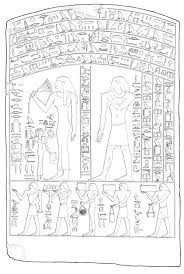
Introduction
The British Museum, located in the heart of London, stands as one of the world’s cultural beacons, housing an extensive collection of art and antiquities. Established in 1753, it has become a vital institution not only for England but for the global heritage community. With more than eight million works within its walls, the museum plays a crucial role in educating the public about various cultures and histories.
Recent Developments
Recently, the British Museum has been at the forefront of discussions surrounding restitution and the repatriation of artefacts taken during the colonial era. Following a rise in calls for cultural institutions to return artefacts to their countries of origin, the museum has begun to engage in conversations regarding its vast collection. The Parthenon Marbles, for example, remain a point of contention, with Greece continuously requesting their return, underscoring the complex dialogue between heritage and ethics.
Furthermore, the ongoing impact of the COVID-19 pandemic has shaped the museum’s operations, leading to a greater emphasis on digital accessibility. In recent months, the British Museum has enhanced its online platforms, allowing virtual tours and exhibitions that bring its treasures to a global audience. Initiatives like these not only broaden access but also highlight the importance of maintaining cultural connections, even amidst global crises.
Upcoming Exhibitions
The museum has also announced an exciting slate of upcoming exhibitions that aim to attract visitors and stimulate discussion. One of the most anticipated exhibitions set for next year is focused on the ancient city of Mesopotamia, celebrating one of the cradles of civilization. This exhibition will feature rare artefacts and is designed to delve into the cultural, social, and technological advancements of the time, reinforcing the museum’s mission to provide a comprehensive narrative of human history.
Conclusion
The British Museum not only serves as a guardian of artefacts from around the world but also a platform for dialogue about cultural preservation and ethics. As it navigates the challenges of the 21st century, particularly concerning restitution and digital accessibility, the museum remains a significant cultural landmark. For visitors and scholars alike, the British Museum continues to be a crucial resource for understanding our shared heritage. Looking ahead, it is clear that its role will evolve, embracing both tradition and innovation to foster appreciation for history in an increasingly interconnected world.
You may also like

Exploring the Unique Heritage and Current Affairs of Eswatini

Brooklyn Beckham: The Emerging Talent in Photography
